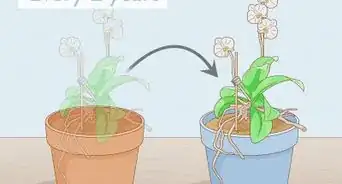This article was co-authored by Rachel Guffey. Rachel Guffey is a Plant Specialist and the Owner of Jungle House, a house plant shop based in Lawrence, Kansas. She specializes in plant education and caring for indoor plants. Rachel is passionate about using plants to help combat seasonal depression. She aims to make plants feel more accessible and approachable to everyone. Rachel has owned over 500 plants at one time.
There are 13 references cited in this article, which can be found at the bottom of the page.
This article has been viewed 106,307 times.
Orchid plants produce beautiful flowers for about 1 to 3 months. After that time, flowers and leaves fall off and you might fear that your plant is dead. Fortunately, this dormant period is a normal part of an orchid's life cycle and is necessary for the plant to produce more flowers.[1] But just because a plant is dormant doesn't mean you don't still have to care for it. With proper sunlight, water, fertilization, and temperature control, you can keep your orchid healthy and trigger a rebloom that will produce more beautiful flowers.
Steps
Ensuring Your Orchid is Healthy Enough to Rebloom
-
1Make sure the spike and leaves are still green. When an orchid enters dormancy, the spike and leaves should still be green and well-hydrated. This indicates that the plant is still alive. Investigate the plant and if the spike and leaves still look healthy, it's possible to rebloom.[2]
- Depending on your type of orchid, leaves could fall off during dormancy too. In this case, inspect the stalk and make sure it's still healthy.
- Signs that an orchid is dead or dying include a yellowing stalk, and dark spots and signs of withering on the leaves.[3]
-
2Remove any clips or stakes attached to the stalk. Stakes are commonly attached to orchid stems to keep them straight. You won't need these while the plant is resting, and they'll get in the way as your plant reblooms.[4]Advertisement
-
3Find the healthiest node. Nodes are the bulges you see going up the orchid's stalk. New growths usually bloom from here after the orchid has rested.[5] The healthiest node is usually the one closest to the last blooming flower. A healthy node should be green.
- Some nodes already have small growths on them, which look like very tiny twigs. This would be the ideal node to select.
-
4Cut the stalk 1-inch above the healthiest node. While it might seem like cutting the plant is harmful, this actually prepares the plant to rebloom. Cutting away unhealthy parts allows the plant to concentrate its nutrients on the healthiest node and sets it up for a healthy rebloom.[6]
- Make sure you use sharp scissors for this step to get a clean cut through the stalk.
- If all the nodes are brown and unhealthy, cut the stalk all the way to the base of the plant.[7]
-
5Let your orchid rest. Remember that your orchid has entered this dormant period so it can save energy for the next blooming cycle. Don't get disappointed if your orchid takes a few months to bloom again. This is a normal part of the orchid's life cycle.[8]
Caring for a Dormant Orchid
-
1Put your orchid near a window out of direct sunlight. Orchids still need sunlight during their dormant period. However, they shouldn't be placed in direct sunlight. Placing the plant near a window but out of direct sunlight is the ideal place in a house for a resting orchid.[9]
- Remember to monitor your orchid's leaves to see if it's getting enough sunlight. Dark green leaves are a bad sign, and indicate the orchid isn't getting enough light. A lighter, grass-colored green with some yellow tones shows your orchid is getting enough light.
-
2
-
3Fertilize your orchid once a month. Replenishing the nutrients in your orchid's soil will help it gather the strength it needs to rebloom.[12] Roll back from your usual fertilizing period and only fertilize once a month during the orchid's dormant period.[13]
- The common recommendation for orchid fertilizer is a balanced 20-20-20 formula.[14] This means it contains a mixture of 20% phosphorus, 20% nitrogen, and 20% potassium.
-
4Care for the orchid on a regular schedule. Dormant orchids are sensitive to changes in rhythm. For example, if you usually fertilize once a month and then fertilize after only 2 weeks, you could shock the plant. Keep your watering and fertilizing on a regular schedule to make sure your plant stays healthy while it rests.[15]
Triggering Rebloom
-
1Wait until the fall or early winter. Orchids naturally start reblooming in cooler weather, so the fall or early winter is the perfect time. By this time, your orchid has rested up enough and it's time to trigger a rebloom.[16]
-
2Move the orchid to a cooler place. Experiencing cooler temperatures tells the orchid that it's time to rebloom. A temperature of about 60 °F (16 °C) is ideal for triggering a rebloom. Your orchid will have to experience these conditions for about 3-4 weeks before starting to rebloom.[17]
- If it's the fall, placing the orchid in a room with an open window can help give your plant its ideal temperature.
- Also try to make the orchid's environment colder at night and warmer during the day. This mimics the orchid's natural rain forest environment where the temperature drops at night.
- Note that some orchid species have different temperature needs. If you know what type of orchid you have, check here for its specific temperature needs.
-
3Look for signs of reblooming. If conditions are right, your orchid should start reblooming. The main sign of a rebloom is growths appearing from the healthy node that you left intact. Check here regularly for growths or protrusions from this area, as these indicate that the orchid is starting to rebloom.[18]
- Try to be patient! Sometimes, orchids can take over a year to rebloom.[19]
-
4Return to your regular watering and fertilizing schedule. When your orchid starts reblooming, it needs more nutrients than it did while it was resting. Once you see signs of growth, you can return to your normal schedule.[20]
- There is no concrete rule on watering orchids, and it's very easy to over-water the plants. The American Orchid Society recommends only watering when the soil has dried out.[21] To determine the moisture of the soil, stick your finger in and see how it feels. If it feels dry, it's time to water.
- Water by placing your plant in the sink and running the water for about a minute. Allow the water to drain through the drainage holes before placing it back in its pot.[22]
- You should fertilize your orchid about every 2 weeks.[23]
-
5Leave your plant in the same location until a blossom fully forms. Moving your orchid into direct sunlight too early can cause the new growths to form crooked. Instead, leave your plant where it was while it was dormant until a new blossom forms.[24]
- A new blossom is fully formed when it develops a rounded end and takes on the shape of a mitten. At this point, you can move the plant to a new location.
-
6Clip the stalk to a stake when it's fully formed. A stake helps keep your orchid straight and supports the weight of new flowers. Make sure your stalk has fully grown before doing this, or you could inhibit its growth.[25]
- When a stalk starts developing flowers, it's done growing.
Expert Q&A
-
QuestionHow do you care for orchids?
 Monique CapanelliMonique Capanelli is a Plant Specialist and the Owner and Designer for Articulture Designs, an innovative design firm and boutique in Austin, Texas. With over 15 years of experience, Monique specializes in interior botanical design, living walls, event decor, and sustainable landscape design. She attended the University of Texas at Austin. Monique is a Certified Permaculture Designer. She provides plant and botanical design experiences, from small gifts to entire transformations, to shoppers as well as commercial clients including Whole Foods Market and The Four Seasons.
Monique CapanelliMonique Capanelli is a Plant Specialist and the Owner and Designer for Articulture Designs, an innovative design firm and boutique in Austin, Texas. With over 15 years of experience, Monique specializes in interior botanical design, living walls, event decor, and sustainable landscape design. She attended the University of Texas at Austin. Monique is a Certified Permaculture Designer. She provides plant and botanical design experiences, from small gifts to entire transformations, to shoppers as well as commercial clients including Whole Foods Market and The Four Seasons.
Plant Specialist
References
- ↑ Rachel Guffey. Plant Specialist. Expert Interview. 5 August 2021.
- ↑ https://www.youtube.com/watch?v=acE-f_NY45s
- ↑ https://homeguides.sfgate.com/tell-orchid-dead-72981.html
- ↑ https://www.justaddiceorchids.com/orchid-reblooming
- ↑ https://www.youtube.com/watch?v=acE-f_NY45s
- ↑ http://www.aos.org/orchids/orchid-care/where-do-i-cut-the-spike.aspx
- ↑ https://www.justaddiceorchids.com/orchid-care-blog/orchid-care-trimming-orchid-spikes
- ↑ http://www.orchidplantcare.info/orchid-plant-resting-period/
- ↑ http://www.aos.org/orchids/orchid-care/why-won-t-my-orchid-re-bloom.aspx
- ↑ Rachel Guffey. Plant Specialist. Expert Interview. 5 August 2021.
- ↑ https://www.youtube.com/watch?v=LC86lRwhcO8
- ↑ Rachel Guffey. Plant Specialist. Expert Interview. 5 August 2021.
- ↑ http://www.orchidplantcare.info/orchid-plant-resting-period/
- ↑ http://www.aos.org/orchids/orchid-care/how-do-i-feed-my-orchid.aspx
- ↑ http://www.orchidplantcare.info/orchid-plant-resting-period/
- ↑ https://www.youtube.com/watch?v=acE-f_NY45s
- ↑ http://www.beautifulorchids.com/orchids/orchid_care_tips/temperature/temperature.html
- ↑ https://www.youtube.com/watch?v=acE-f_NY45s
- ↑ Rachel Guffey. Plant Specialist. Expert Interview. 5 August 2021.
- ↑ http://www.orchidplantcare.info/orchid-plant-resting-period/
- ↑ http://www.aos.org/orchids/culture-sheets/novice-watering-know-how.aspx
- ↑ http://www.aos.org/orchids/culture-sheets/novice-watering-know-how.aspx
- ↑ https://www.justaddiceorchids.com/just-add-ice-orchid-blog/bid/91537/how-to-fertilize-orchids
- ↑ https://www.justaddiceorchids.com/orchid-reblooming
- ↑ https://www.justaddiceorchids.com/orchid-reblooming

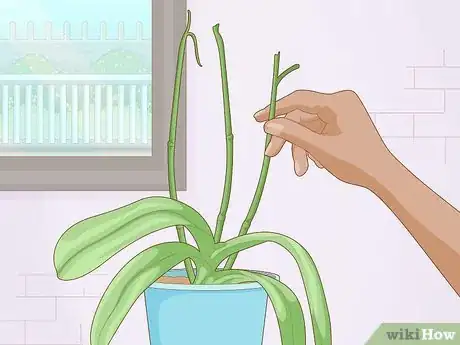
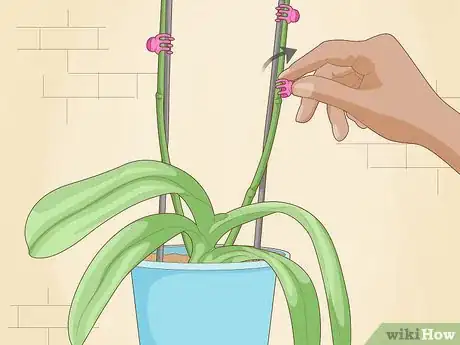
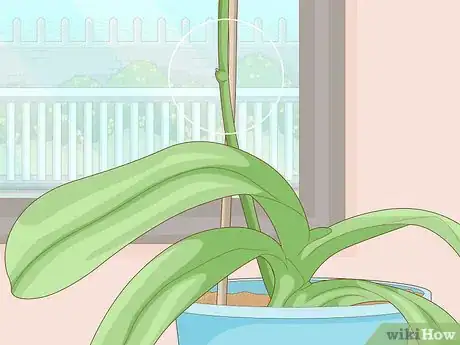
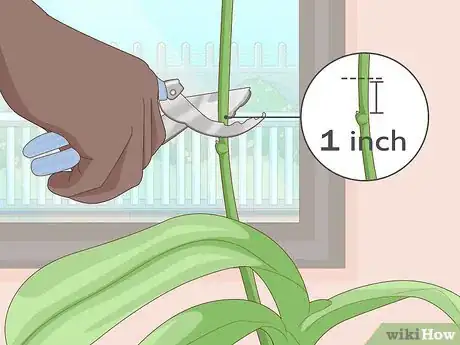
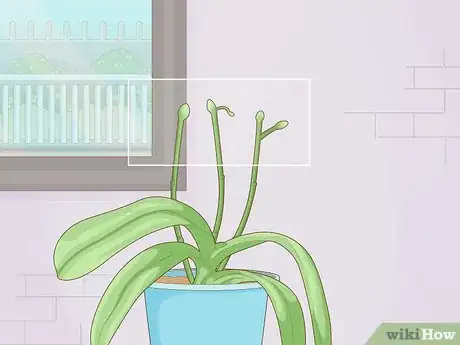
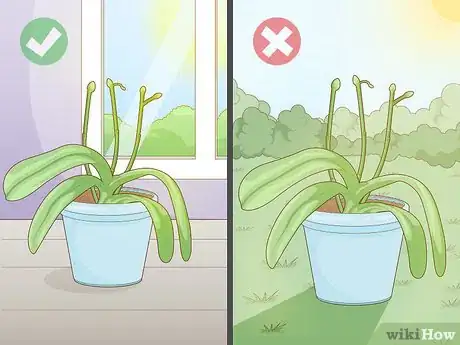


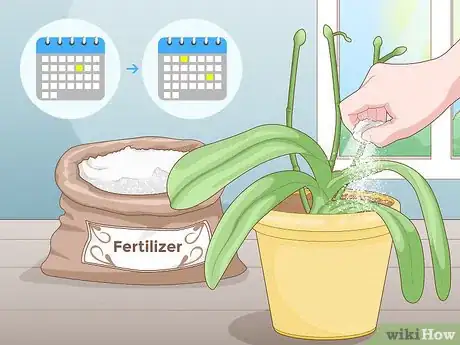
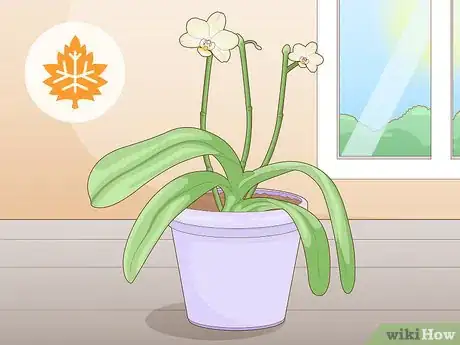

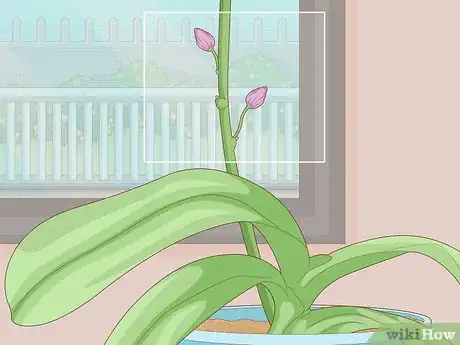

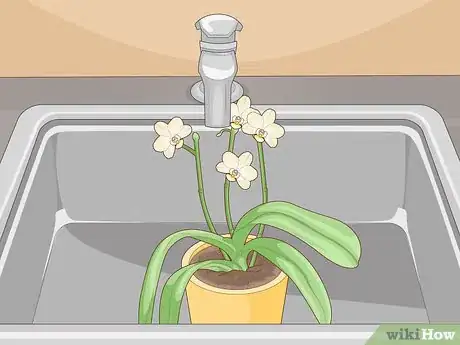
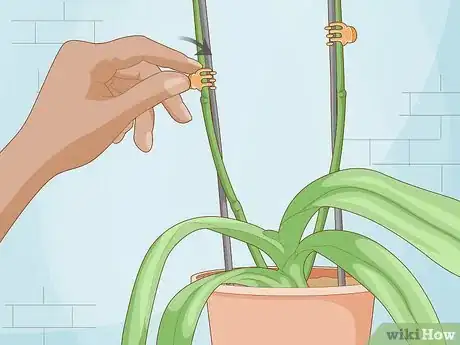
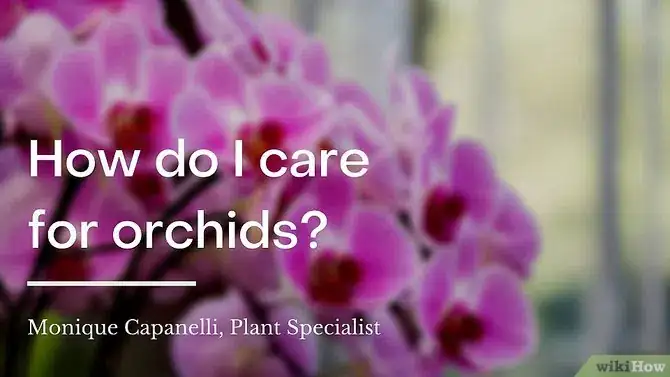

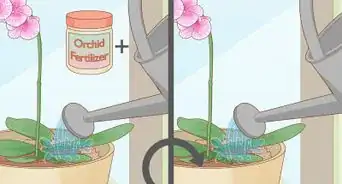

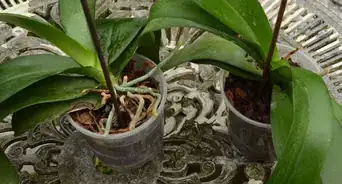

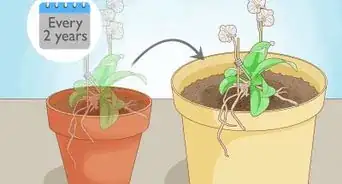


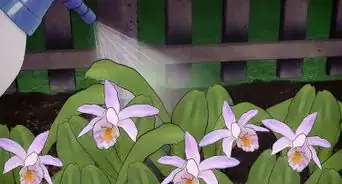
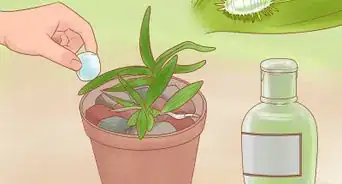

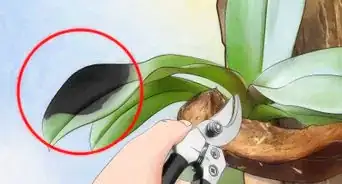
-Step-8.webp)
